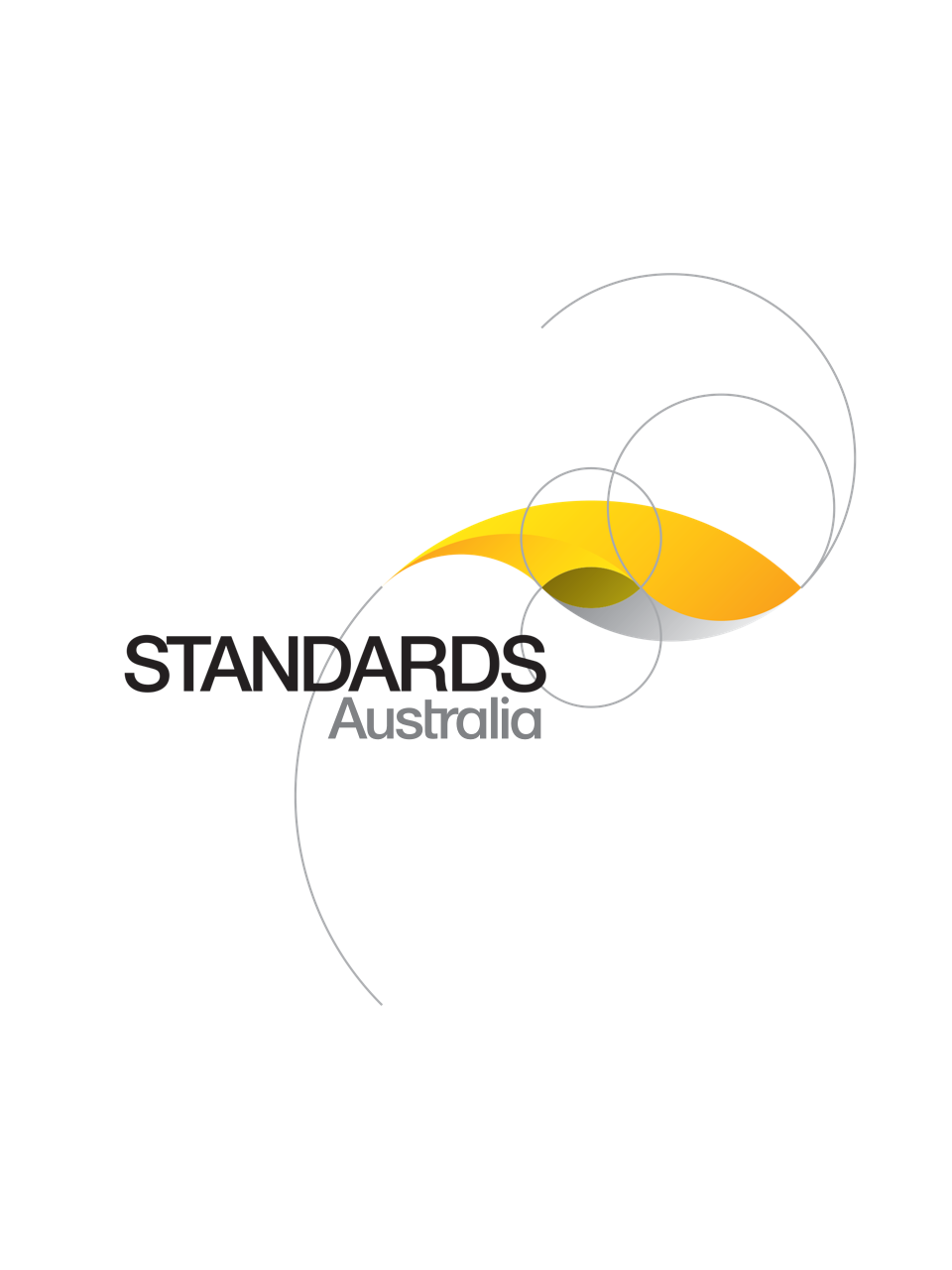Standard
Track updates
AS ISO 14692.4:2022
[Current]Petroleum and natural gas industries — Glass-reinforced plastics (GRP) piping, Part 4: Fabrication, installation and operation
AS ISO 14692.4:2022 identically adopts ISO 14692 4:2017, which gives requirements and recommendations for the fabrication, installation, inspection and maintenance of GRP piping systems for use in oil and natural gas industry processing and utility service applications.
Published: 13/05/2022
Pages: 74
Table of contents
Cited references
Content history
Table of contents
Header
About this publication
Preface
Foreword
Introduction
1 Scope
2 Normative references
3 Terms, definitions, symbols and abbreviated terms
4 Fabrication and installation
4.1 Delivery, inspection and documentation of GRP piping
4.2 Handling and storage
4.3 System design documentation
4.4 Installer requirements
4.4.1 Personnel qualification
4.4.2 Health and safety
4.5 Installation
4.5.1 General requirements
4.5.2 Components fabricated on-site
4.5.3 Cutting
4.5.4 Above ground application — Supports
4.5.5 Buried piping
4.5.6 Tolerances
4.5.7 Jointing
4.5.7.1 General requirements
4.5.7.2 Quality control of adhesive and laminated joints
4.5.8 Application of fire-protective coating
4.5.9 Electrical conductivity and electrostatic dissipative properties
4.5.10 Earthing
4.5.11 Quality programme for installation
4.6 System testing
4.6.1 Flushing
4.6.2 Pressure testing
4.6.2.1 General
4.6.2.2 Preparation
4.6.2.3 Testing
4.6.2.3.1 Integrity test
4.6.2.3.2 Leak test
4.6.2.4 After completion of test
4.7 Certification and documentation
4.7.1 Flushing certificate
4.7.2 Pressure test certificate
4.8 Inspection
4.9 Repair after installation
4.9.1 General
4.9.2 Repair methods
4.9.2.1 Replacement
4.9.2.2 Minor repairs
5 Maintenance and repair
5.1 Maintenance
5.1.1 General
5.1.2 Removal of scale and blockages
5.1.3 Earthing requirements
5.1.4 Surface and mechanical damage
5.1.5 Fitter and inspector qualification
5.2 Repair
5.2.1 General
5.2.2 Replacement
5.2.3 Minor repairs
5.2.4 Temporary repair
5.2.5 Quality programme for repair and maintenance
5.3 Modifications and tie-ins
5.4 Requirements for testing and re-certification
Annex A
Annex B
B.1 Handling
B.1.1 General
B.1.2 Lifting and transportation
B.1.3 Temporary supports
B.2 Storage
B.2.1 General
B.2.2 Pipe
B.2.3 Fittings
B.2.4 Pipe spools
B.2.5 Adhesive/resin systems
B.2.6 Ancillaries
Annex C
C.1 General
C.2 Training and assessment organizations
C.2.1 General
C.2.2 Flowchart clarification
C.2.2.1 General
C.2.2.2 Item no. 1 — Clarification
C.2.2.3 Item no. 2 — Set-up training material. Train trainer(s) and assessor(s)
C.2.2.4 Item no.3 — Assess trainer(s) and assessor(s)
C.2.2.5 Item no. 4 — Verify trainer(s)/assessor(s), internal verifier(s) and training facility(ies)
C.2.2.6 Item no. 5 — Subscribe to external verifier
C.2.2.7 Item no. 6 — Registration of candidates
C.2.2.8 Item no. 7 — Train the candidates using the training material
C.2.2.9 Item no. 8 — Randomly generated exam questions
C.2.2.10 Item no. 9 — Randomly generated exam questions
C.2.2.11 Item no. 10 — Evaluation of exam evidence
C.2.2.12 Item no. 11 — Registration and issue of certificate
C.2.2.13 Item no. 12 — Log experience
C.2.2.14 Item no. 13 — Advise on prolongation/revoking
C.2.2.15 Item no. 14 — Issue certificate prolongation or revoking
C.2.3 Basic skills, age and experience
C.2.4 Assessment requirements for trainer/assessor/internal verifier and facilities
C.2.4.1 Minimum experience requirements
C.2.4.2 Proficiency assessment of trainer/assessor
C.2.4.3 Proficiency assessment of internal verifier
C.2.5 Contents of certificate
C.2.5.1 Contents of trainer/assessor certificate
C.2.5.2 Contents of internal verifier certificate
C.3 Supervisor training course
C.3.1 Qualifications and experience
C.3.2 Role of the supervisor
C.3.3 Main responsibilities
C.3.4 Knowledge requirements
C.3.5 Skills requirements
C.3.6 Training
C.3.7 Examination and qualification
C.3.8 Validity and renewal
C.3.8.1 Validity
C.3.8.2 Renewal
C.4 Inspector training course
C.4.1 Qualifications and experience
C.4.2 Role of the inspector
C.4.3 Main responsibilities
C.4.4 Knowledge requirements
C.4.5 Skills requirements
C.4.6 Training
C.4.7 Examination and qualification
C.4.8 Validity, renewal and withdrawal of approval
C.4.8.1 Validity
C.4.8.2 Renewal
Annex D
D.1 General
D.2 Adhesive-bonded joints
D.2.1 Description
D.2.2 Preparation
D.2.3 Adhesive mixing
D.2.4 Assembly
D.2.5 Curing
D.3 Laminated joints
D.3.1 Description
D.3.2 Preparation
D.3.3 Resin mixing
D.3.4 Assembly
D.3.5 Curing
D.4 Mechanical O-ring elastomeric bell-and-spigot seal lock joints
D.5 Flanged joints
D.6 Threaded connections
Annex E
Annex F
F.1 General
F.2 Visual defects
F.3 Pressure testing
F.4 Inspection methods
F.4.1 General
F.4.2 Ultrasonic testing
F.4.3 Radiographic testing
F.4.4 Acoustic emission testing
F.4.5 Differential scanning calorimetry (DSC) and Barcol hardness testing
F.4.6 Thermography
F.4.7 Microwave inspection
F.4.8 Laser shearography
F.4.9 Acousto-ultrasonics
F.4.10 Tap testing
F.4.11 Ultrasonic velocity
Bibliography
Cited references in this standard
